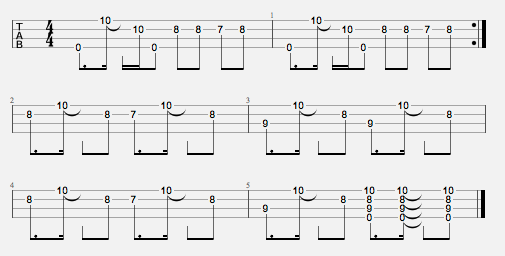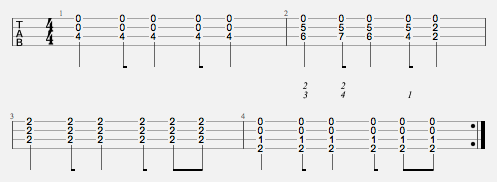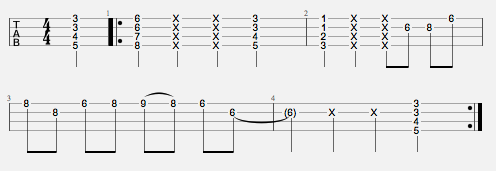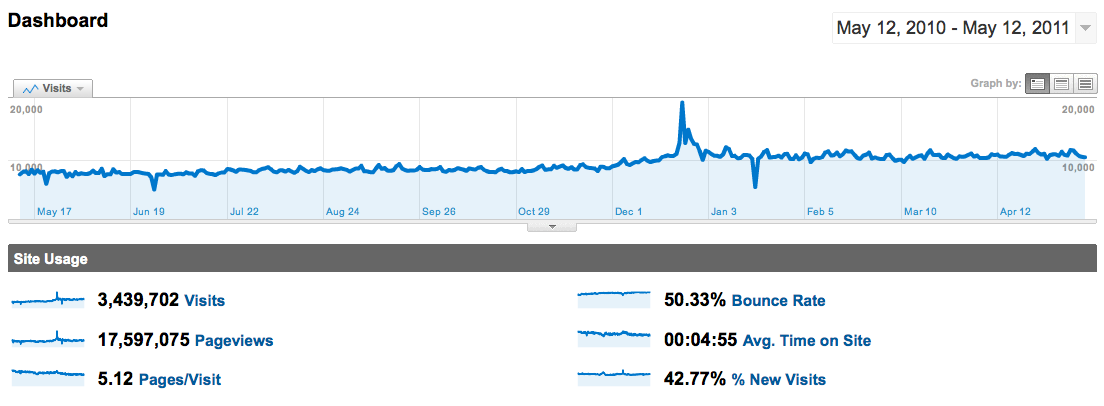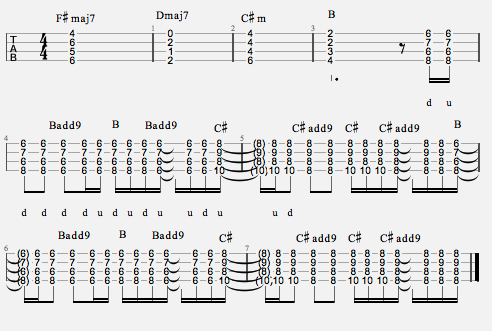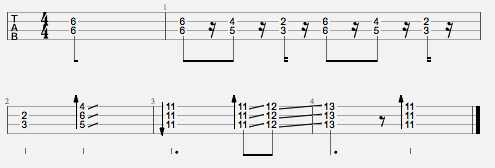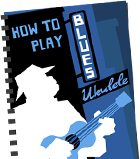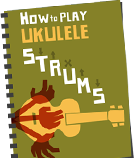The Uke Hunt podcast first took shape this time last year when Lou ‘Bossarocker’ Armer somehow managed to talk me into being interviewed for her Ukulele! show on Manchester’s Chorlton Arts Radio (my first, last and only talking interview). I enjoyed the show so much (except for that one wanker) that I asked her to present the Uke Hunt podcast.
She’s back again this year with her Ukulele! show this year. You can listen live online here Monday at 8pm UK time (time zone converter here). If you missed it, there’s a listen again feature promised and I’ll be sure to let you know about it.
In celebration, I’m dedicating this week to the music of Manchester starting off with the lady herself.
How did you first get into the ukulele? And what made you stick with it?
My friend bought me a Blue Moon pear shaped f hole uke for Christmas 2008 & I haven’t looked back since. I already played other instruments but the uke completely stole my heart, which I wasn’t expecting. It also really opened up a lot of stuff for me & my songwriting has developed no end. I found myself playing more complex chords on the uke that I’d always shied away from on the guitar & it got me out of falling into the same old patterns. I think I’ve written my best songs on the uke & it just feels so much nicer to play than a guitar. I can’t imagine life without it now.
How did the CAR Ukulele show come about?
I’ve loved radio since I was a kid & got involved in community radio when I moved to Manchester about 8 years ago. I started out as a volunteer at ALL FM, producing & presenting various shows including the weekly Friday Night Fish Fry/Chip Shop Sounds which ran for about 3 years. I then worked as a radio trainer before going on to set up North Manchester FM, so I stopped doing regular broadcasts as most of my time was spent training & supporting other people to get on the air. When CAR asked me to do a show for their first broadcast in 2010, it kind of brought me out of retirement. I almost said no! Previously I’d played a lot of jazz & weird stuff but I wanted to do something different, so my ukulele obsession was an obvious choice. There’s still plenty of jazz & weird stuff but even more besides; I love the sheer diversity of music that people make with ukuleles.
You’ve got some ukulele music in your family tree. Can you tell us about your granddad?
Yes! I only recently found out that my grandad, Frank Pickford (who also shares my dad’s name), was pianist & musical director for Felix Mendelssohn’s Hawaiian Serenaders for a while. You can see a picture of the band here. (Grandad is second from the left at the back, next to the pretty woman sprawled all over his piano).
Sadly, my dad & my grandad were separated when my dad was five years old & they never saw each other again, so I never met my grandad but I grew up knowing he was a musician. Although my dad never became a musician, music was always his passion which was something he instilled in me. It was only when Dad’s mum died that he went on the trail to find out what he could about Grandad & discovered he’d actually been a very successful musician. As well as playing with the Serenaders, he worked as an army musician during WW2 in India, where my dad was born, before leading his own orchestra in Singapore & then retiring to Bondi Beach, Australia. Not bad for a working class lad from Ashton Under Lyne!
It’s only very recently that I’ve started to piece a lot of this stuff together. I wasn’t even really aware of the Serenaders until I found the photo of Grandad in an album after Dad died last year. I’m surprised at how little information there is on the internet about them, considering what a class act they obviously were. If anyone out there has any information or a tale to tell about the Serenaders, I’d love to hear it. I may well turn into that random nutjob who takes up the baton of Serenaders Ubergeek!
You seem to be involved in a number of musical projects. Can you give us a rundown?
As well as working on my own stuff, I sing & play with Paula Darwish & the Country & Eastern Band. We perform songs in Turkish, Kurdish, Arabic & English & have quite a following in Turkey, where we toured last year. I’ve always loved Balkan & Eastern European music so it was a natural progression really. I really enjoy collaborating with other people & recently worked on a couple of tracks for Craig Robertson’s next album, which is an honour. I’m also working with writer Gavin White & artist Tom Greenslade on a web comic ukulele musical. It’s still in the very early stages yet as we’re all so damn busy, but I hope we will have something to show soon. Gav has a penchant for writing nonsense so putting his lyrics to music has been really good fun. I also increasingly teach music for a living.
How’s work on your solo record coming along? When can we expect to hear it?
Slowly at the moment as life keeps getting in the way. But it’s getting there, thanks in no small part to Craig Robertson who is helping me produce it & generally poking me with a big stick. It will be a 6-track EP & should be ready in July.
If you could get anyone – no restrictions – in to do a session on the podcast who would it be and why?
TuNe-YaRdS – I just think she’s amazing. And James Hill, in the hope that I could figure out wtf he’s doing to that uke! I’d also love to get in Gwyn Edwards, Mathias Kom, Sanford & Song, Rose Turtle Ertler, Ukulelezo & Brenna Macrimmon, to name but a few, because I just love what they do. Of course, if we’re really talking no restrictions – like time, life & death – then it would have to be Felix Mendelssohn’s Hawaiian Serenaders while my Grandad was with them. And my Dad would be there too.
When’s your website going to be up and running?
My website will be going live in the next couple of weeks. If anyone is really that bothered, they can sign up to my mailing list & I’ll send them an email when the website is ready.
Listen to Chorlton Arts Radio here.
